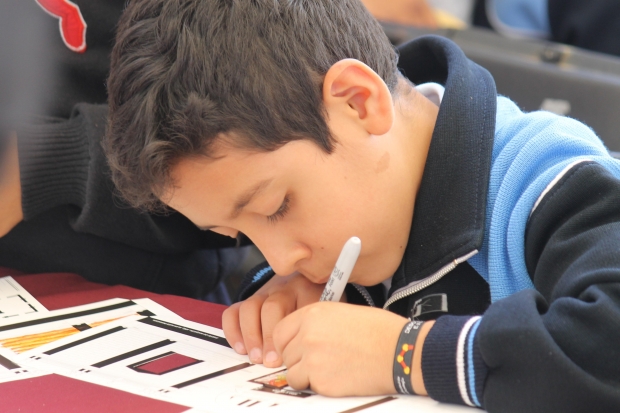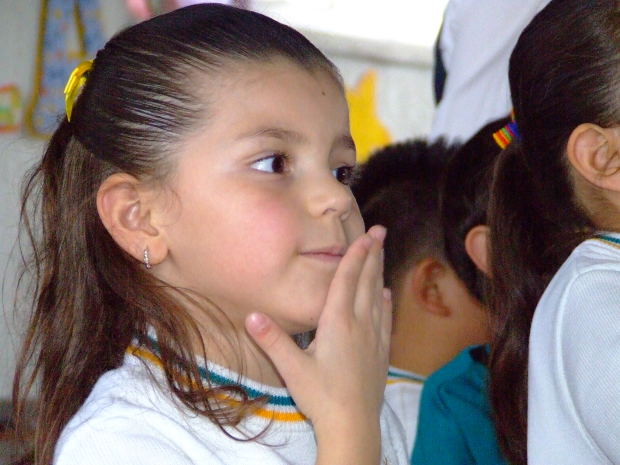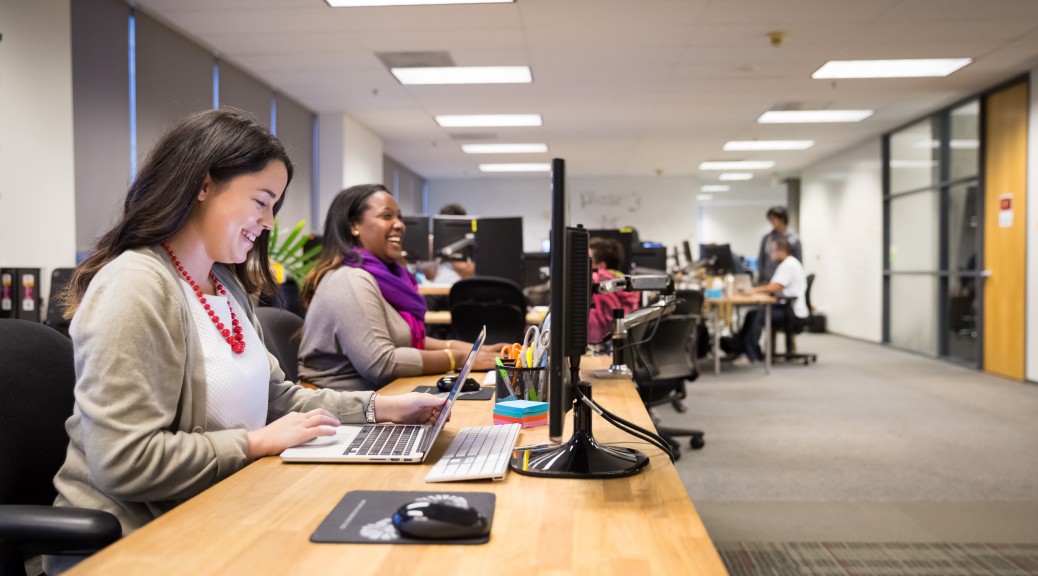At CodeREV Kids, we’re proud of our ability to help kids in the California area learn how to kid and get excited about STEM-related projects and ideas. We’re always keeping an eye on programs across the country who are following the same ideals and having similar success. An article in the Miami Herald highlighted one such program that we were glad to learn more about.
In an article titled CodeKids camp teaches South Florida children coding, robotics Samantha Smith writes, “A day-camp instructor recently sat on the floor beside a camper typing code onto an iPad. The child taps “run,” and a small spherical robot moves, following the instructions he just wrote. The goal is to keep the robot on the road printed on the rug in front of him.
It wobbles off-track. “That’s OK,” said instructor C.J. Ramos. “That’s not real failure. You know what real failure is?” “Giving up,” camper Julian Leon answered. “I’m never going to give up.” Ramos is an instructor at CodeKids, a tech-based summer camp now in its second year for children ages 7 to 13. Campers learn about coding, game development, computer science and robotics at 22 schools in South Florida.
Maurice Lopes, Brad Nickel and Richard Chimelis, 70, of the Miami Entrepreneurship Center came up with the idea when thinking of their own children. They wanted a computer-focused summer camp, but bemoaned the price of those in the area. “Maurice had the nerve to say, ‘Maybe we could have a camp.’ And I had the stupidity to say, ‘We can do that!’” said Nickel, CodeKids’ curriculum coordinator.
After launching a website to gauge interest, about 300 campers signed up, resulting in the need for three locations and 12 instructors. “We were literally sold out almost every week last summer,” said Nickel, 51. In one year, CodeKids grew to 22 locations with more than 60 teachers and 2,500 campers.
Those campers don’t need any prior knowledge of computers or coding before attending CodeKids, and can sign up for any number of weeks. Regardless of when they sign up, they are considered week-one campers, and work with a flexible curriculum so they can learn material they enjoy at their own pace. “I like that you can play Minecraft and make mods,” camper Julian said. “Minecraft is my favorite game in the whole world.”
During the coding portion of the camp June 15, Julian created a Minecraft “mod” — a modification to a program created by adding to or editing its original code — which makes lightning strike blocks broken by the player. “Mods are my favorite thing to do,” said Julian, 9. Because CodeKids runs only eight weeks in the summer, Nickel said only a certain amount of material can be taught.”
We think this sounds like a great program but it has one main flaw, as we see it: It only runs for eight weeks in the summer. At CodeREV Kids we’re proud of both our summer camps and our after-school programs that run throughout the year.









